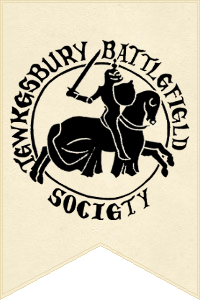March 3rd 1471: Relations with the Hanseatic League
The Hanseatic League, the Hanse, was a confederation of German and Baltic cities which thrived on trade. They targeted the wool trade from England and by the twelfth century had established a presence in the country, which grew over time to bases in Kings Lynn, Boston, Southampton and of course London, where they had a large trading base called the Steelyard on the north bank of the Thames. These ‘easterlings’ gained privileges and dominated North Sea and Baltic trade until English merchants copied their methods and started to establish their own trading networks.
Tensions rose over trading rights and in 1447 Henry VI revoked all privileges in England. Several Lübeck and Danzig vessels were hijacked by English forces in May 1449. After long and difficult negotiations, an eight-years armistice was agreed in 1456.
In 1458 English privateers, led by the Earl of Warwick, caused a major incident by attacking and capturing a Hansa fleet carrying salt to the north. Peace talks at Hamburg failed in 1465, because England refused to pay any compensation and the Hanseatic cities disagreed with one another.
In 1468, after English fishermen murdered the Danish governor of Iceland, Danzig privateers, chartered by the Danish Crown, seized several English merchant vessels sailing in to the Baltic Sea. King Edward IV retaliated by storming and plundering the Steelyard. The representatives of the Hanse cities met at Lübeck and decided on war. English wool imports were banned and privateers were ordered to raid English sea links.
The support of the Hanse merchants to the Yorkist cause was by no means guaranteed. Their dislike of Warwick, as the principle instigator of attacks on their ships, was to Edward’s advantage, but the promise which guaranteed their support was the restoration of their trading privileges in English ports, including transferring the freehold of their bases, making them German enclaves where the laws of Lubeck prevailed. The Hansa agreed to support Edward’s campaign with ships and men.
The London Steelyard in 1540, demolished to build Canon Street Station.
A fifteenth century ship was discovered in the mud of the River Usk at Newport in 2002. There is circumstantial evidence that it may have belonged to the Earl of Warwick. A letter of authorisation dated 22 November 1469 from Warwick to Thomas Throkmorton, his receiver of Glamorgan and Morgannwg, authorised various payments for "the making of the ship at Newport" which could refer to repairs to the badly damaged vessel. It may even have been involved in the earlier attacks on the Hansa.

